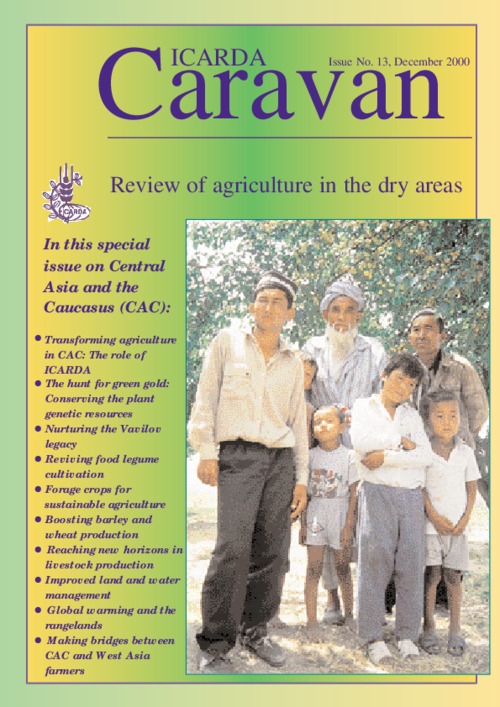Economic crisis, farming systems, and forest cover change in the humid forest zone of Cameroon
The rate of forest clearing by small farmers in the humid forest zone (HFZ) of Cameroon increased significantly in a period of economic crisis dating from 1986. A random sample survey of 648 households was conducted in 54 villages in the HFZ to understand the effect of the crisis and of a 1996 currency devaluation on the practices of small farmers, and the effect of these practices on forest cover change.
Forestry assistance and tropical deforestation: why the public doesn't get what it pays for
Popular concern about tropical deforestation largely drove the rapid growth in forestry assistance in recent years. Nevertheless, forestry assistance has had limited impact on forest clearing and much of it has gone to address other problems. To reduce inappropriate deforestation requires a combination of a multi-sectoral approach, greater regulation, and payment for environmental services. Aid officials have been partially unwilling and partially unable to adopt these approaches.
Integrating improved germplasm and resource management for enhanced crop and livestock production systems: Project PE-5: Sustainable Systems for Smallholders: Annual Report 2000
L'Impact de la crise economique sur les systemes agricoles et la changement du couvert forestier dans la zone forestiere humide du Cameroun
A sample survey of 648 households was conducted in 54 villages in the humid forest zone of Cameroon to understand the effect of the economic crisis (dating from 1986) and the 1994 currency devaluation on the practices of small farmers, and the effect of these practices on forest cover change. Four hypotheses were tested concerning: the balance between plantation crop and food crop production; the degree of market-orientation of food crop production; the gender division of labour; and the degree of dependence on non-timber forest products (NTFPs).
Matagalpa, Nicaragua: caminos nuevos para el manejo participativo en la cuenca del río Cálico
The underlying causes of forest decline
Loggers, miners and rural communities all exploit forests in unsustainable ways in search of profits and means of subsistence. They are the primary actors in forest decline and their immediate motivations are the direct causes of deforestation and degradation. However, these motivations are determined, through complex causation chains, by deeper and much more fundamental forces: the underlying causes of deforestation. Effective action against forest decline requires an understanding of these underlying causes and their distant impacts on forests.
People in Between: Conversion and Conservation of Forest Lands in Thailand
The analysis of `ambiguous lands' and the people who inhabit them is most revealing for understanding environmental deterioration in Thailand. `Ambiguous lands' are those which are legally owned by the state, but are used and cultivated by local people. Land with an ambiguous property status attracts many different actors: villagers hungry for unoccupied arable lands in the frontiers; government departments looking for new project sites; and conservation agencies searching for new areas to be protected.
Land in de stad; een groene visie op het regionaal ontwerpen
Land and water management in Kenya: towards sustainable land use.
Preliminary findings on the effects of land use in the Masinga Dam catchment, Kenya, on the storage capacity of the reservoir are presented. Remote sensing and GIS techniques, supplemented with ground reports, were used to determine areas most susceptible to erosion. A representative catchment was then chosen for rainy season monitoring of soil loss, river suspended sediments and discharge response to rainfall. In addition, Gerlach-type traps were used to evaluate erosion rates under different crop covers and slope gradients.
Environmental impacts of some scenarios of land-use Change: a gis assisted assessment of soil erosion hazard in The Mutirithia-Kariunga area of Laikipia District, Kenya.
Characterizing soil erosion hazard and its spatial variability is critical for maintaining
user confidence in planning soil- and water- conservation programmes and general
land-use management. Predicting the average rates of soil erosion for a combination
of specific soil and land-use types is vital. This is because such predictions form a
basis for providing guidelines for effective erosion control.
The purpose of this investigation was to examine the erosion effects of alternative
Caravan 13: Central Asia and the Caucasus (CAC)
This issue of Caravan chronicles ICARDA’s efforts in developing a research strategy and a need-based research program for the CAC region. In doing so, ICARDA played a major role in bringing together all partners, most importantly donors. The article on page 8 traces the history of this effort and provides an overview of the current status of collaboration.






